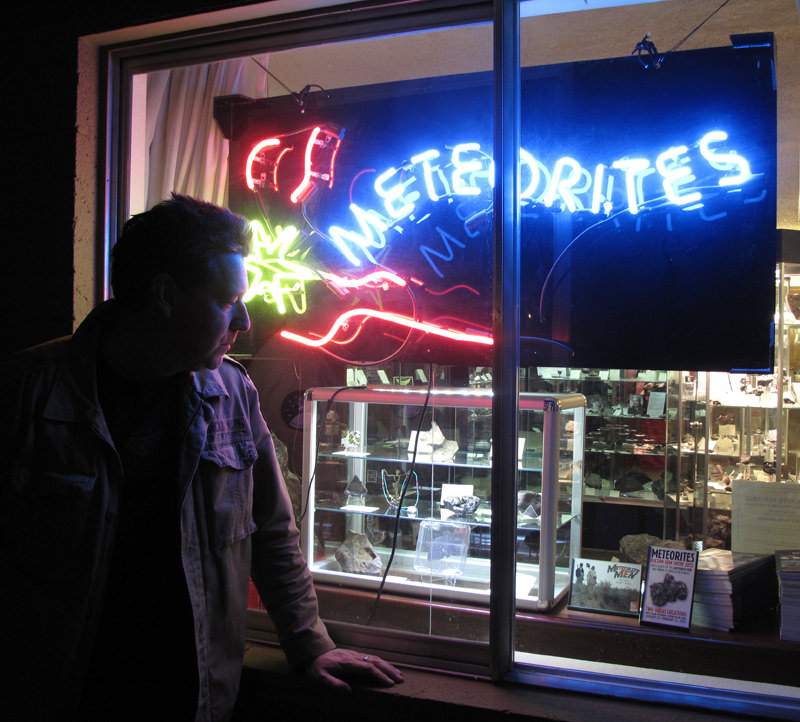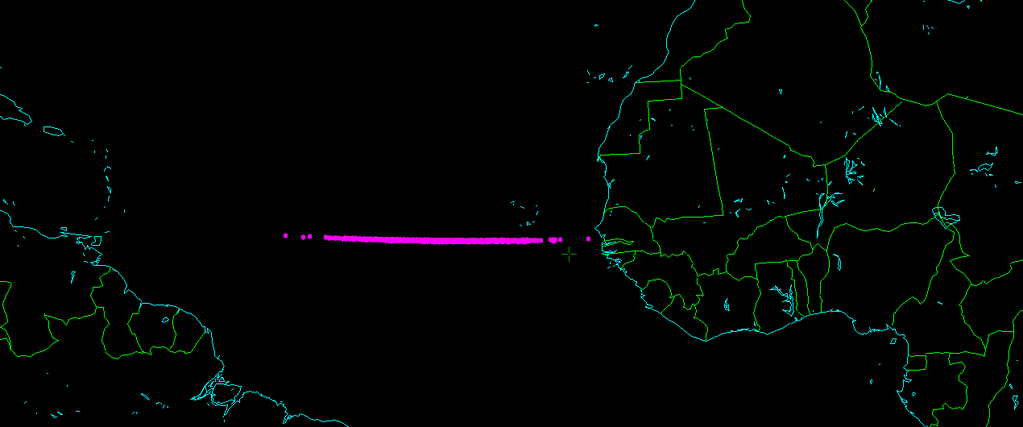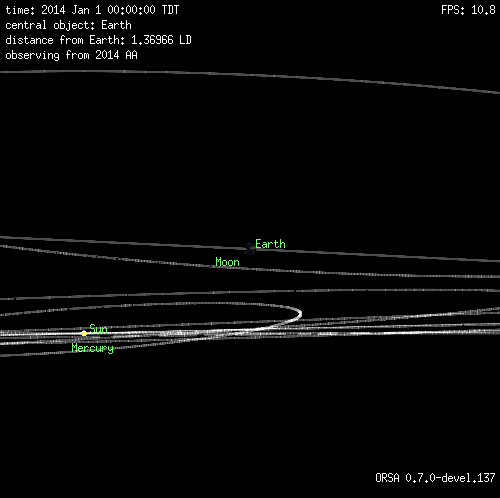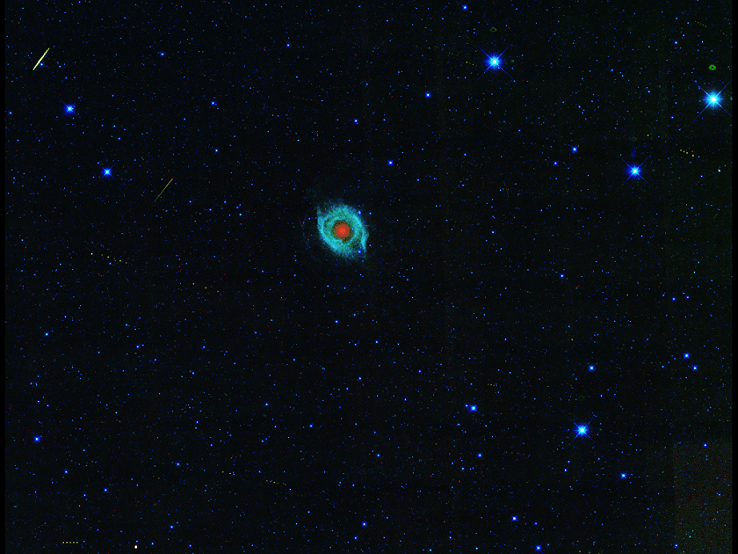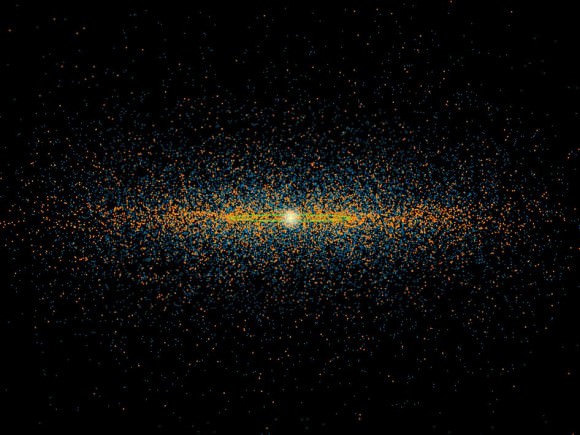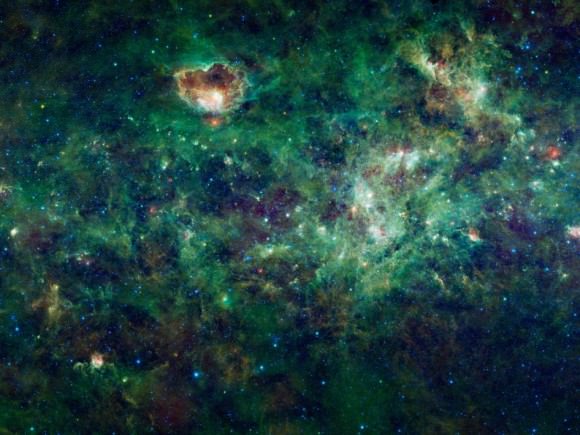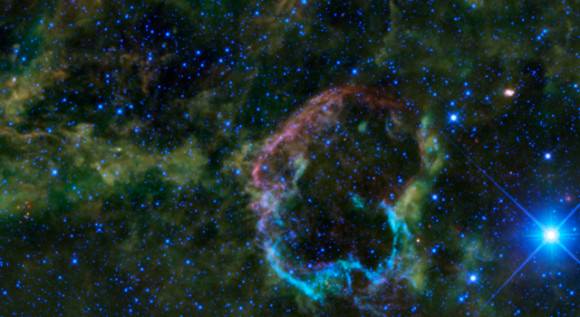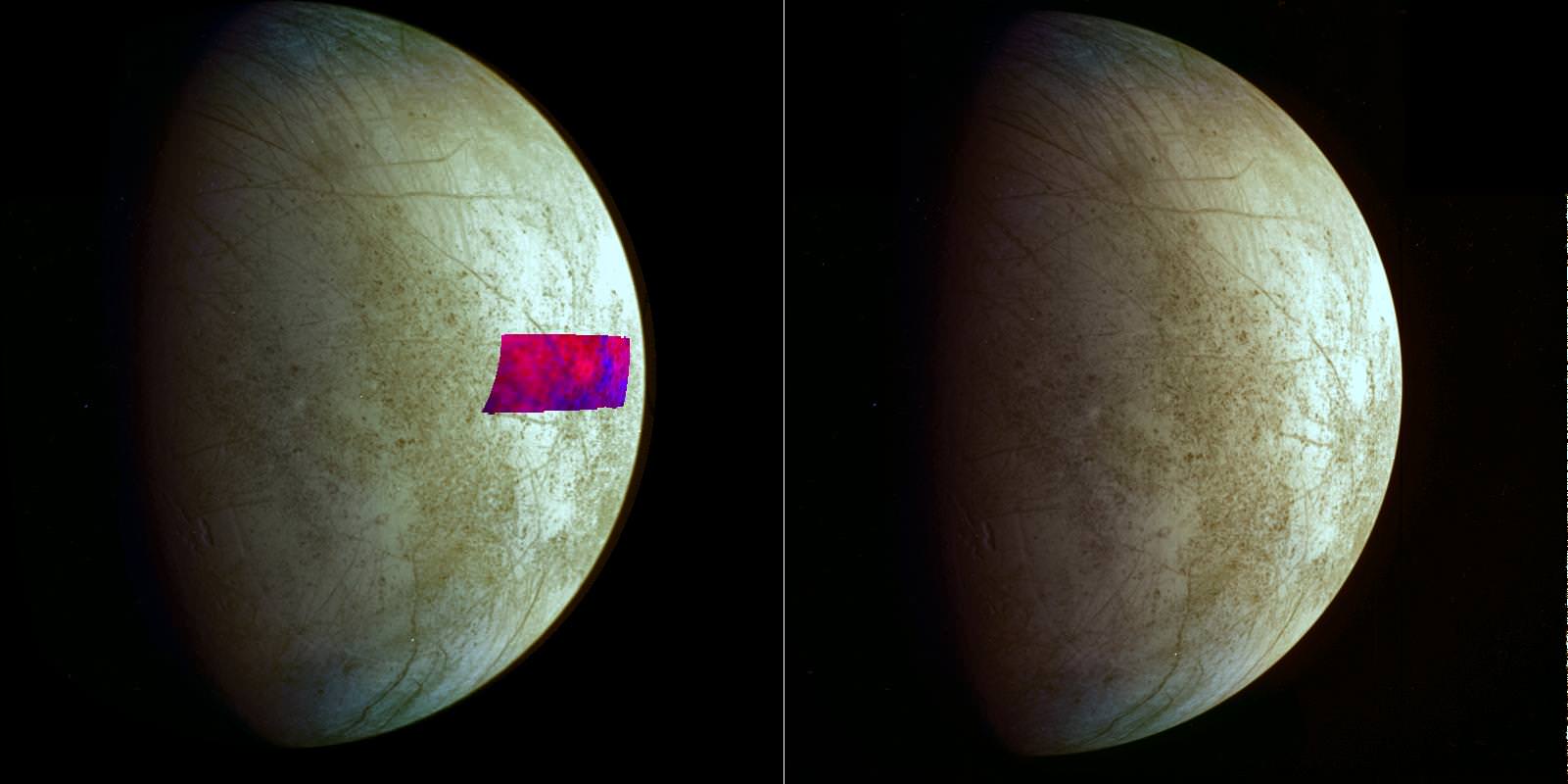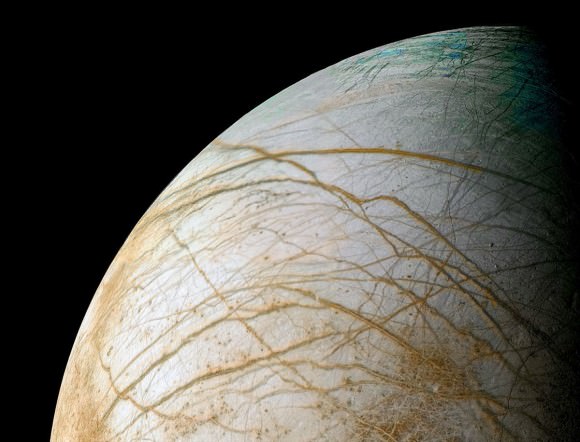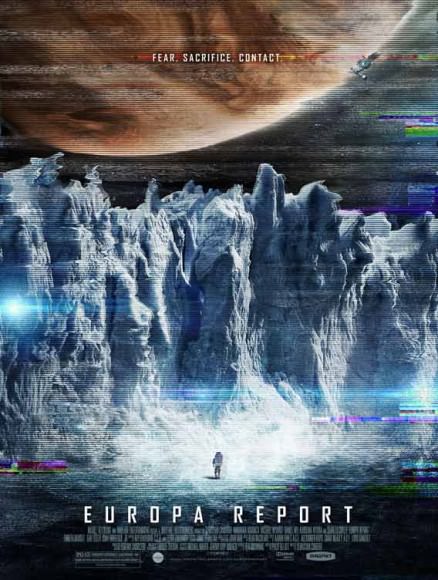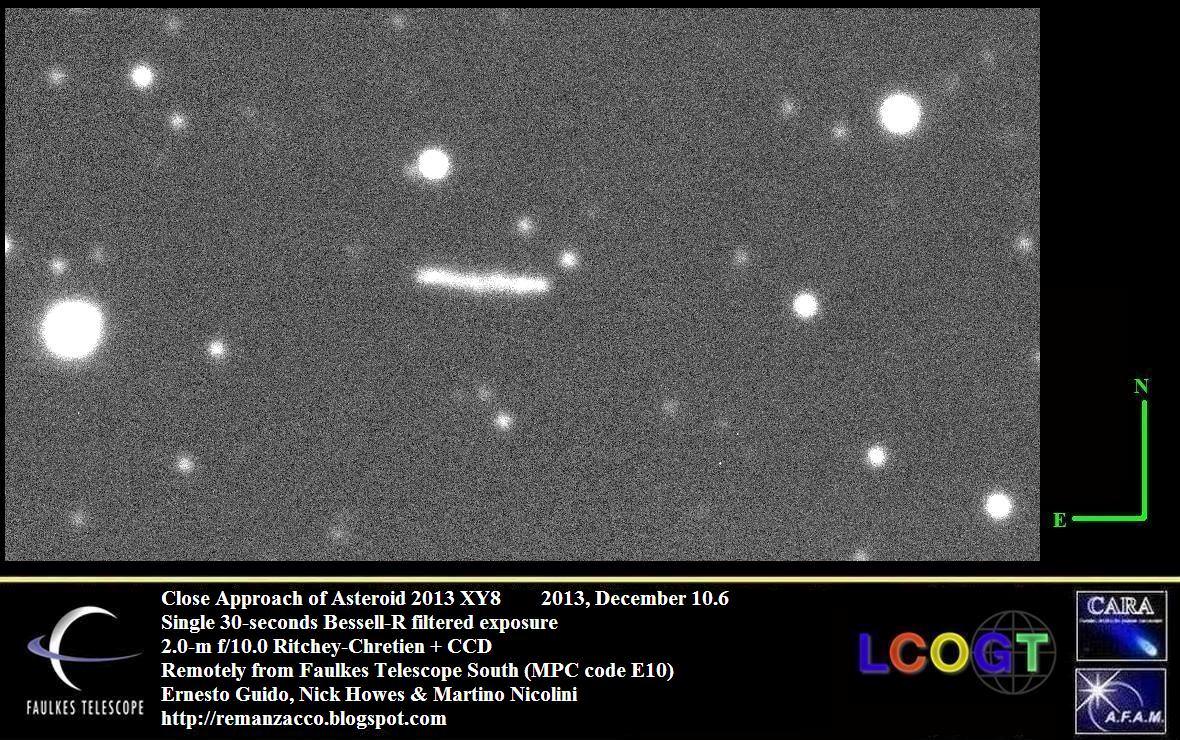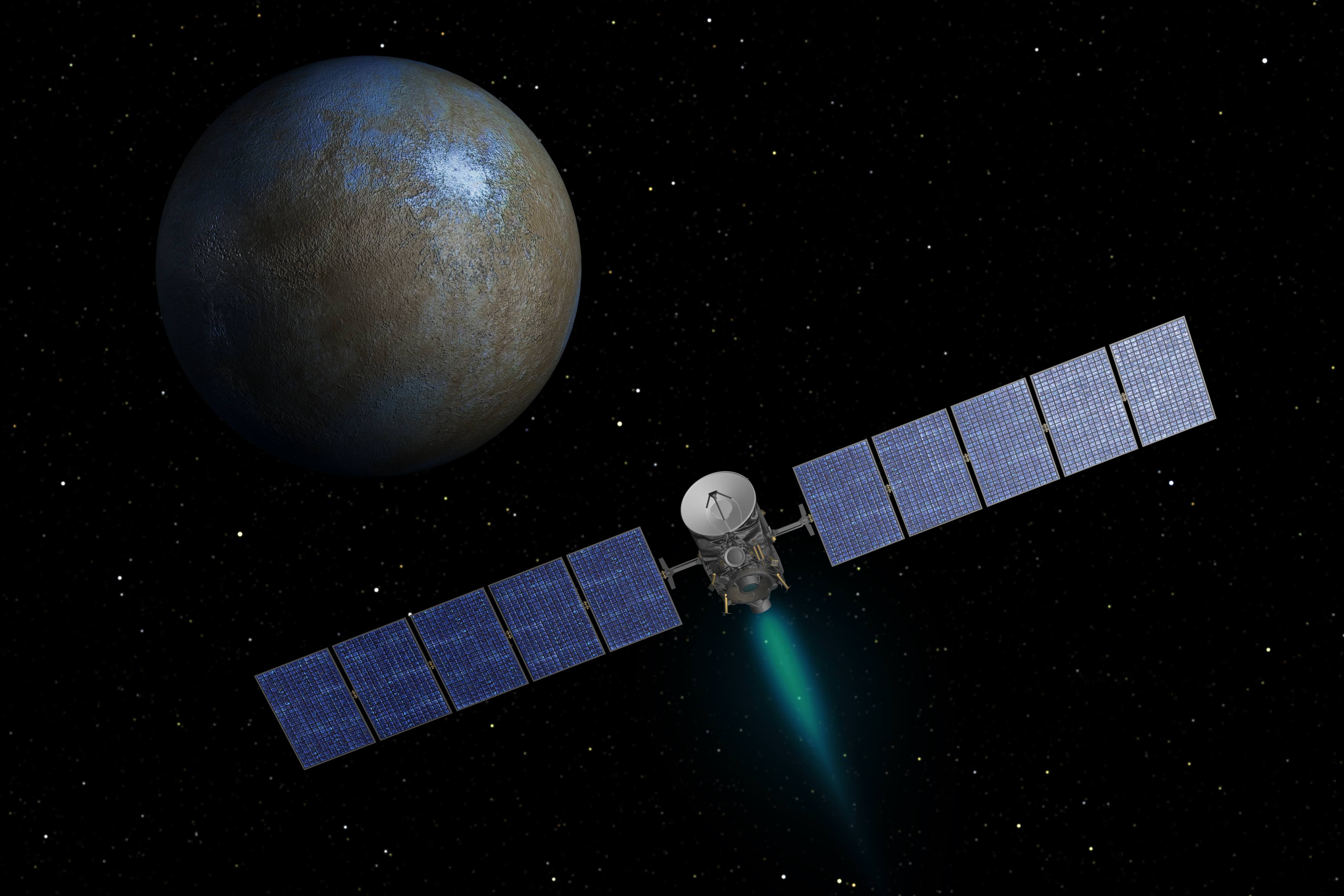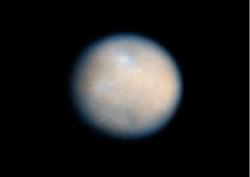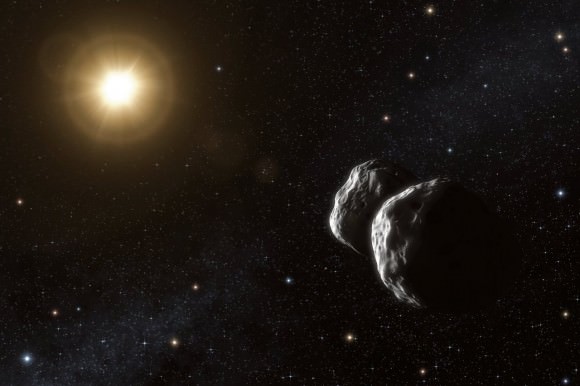What’s the oldest thing you’ve ever held in your hand? A piece of petrified wood? A fossilized trilobite? A chunk of glacier-carved granite? Those are some pretty old things, sure, but there are even older objects to be found across the world… that came from out of this world. And thanks to “Meteorite Men” co-host, author, and educator Geoff Notkin and his company Aerolite Meteorites, you can own a truly ancient piece of the Solar System that can date back over 4.5 billion years.
Founded in 2005, Aerolite (which is an archaic term for meteorite) offers many different varieties of meteorites for sale, from gorgeous specimens worthy of a world-class museum to smaller fragments that you could proudly — and economically — display on your desk. Recently I had the opportunity to talk in depth with Geoff about Aerolite and his life’s work as a meteorite collector and dealer. Here are some of the fascinating things he had to say…
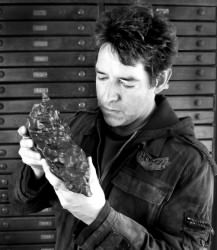
So Geoff, what initially got you interested in meteorites and finding them for yourself?
“It’s been a lifelong passion for me, but I’m lucky in that I can really put my finger on a specific event when I was a kid and that was my mother taking me to the Geological Museum in London when I was six or seven… I was already a rock hound, I loved collecting fossils, and my dad was a very keen amateur astronomer. And so I had this love of astronomy and this fascination with other worlds for as long as I can remember. I’m a very tactile person; I’m very hands-on. I like to know how things work… I want to know all the bits and pieces. I was frustrated a bit, because I wanted to know more about astronomy. I could see all these planets and places through the ‘scope, but I couldn’t touch them. But I could touch rocks and fossils.
“So I’m six or seven years old, and I’m on the second floor of the Museum in the Hall of Rocks and Minerals. And at the back was this small display area that’s very dark. And you walked through an arch, it’s almost like walking into a cave. And it was very low light back there, and that was the meteorite collection.
“There were a couple of large meteorites on stands, and in those days — it was the late 60s — security wasn’t the issue that it is today. So you could touch the big specimens, and so I put my hands on these giant meteorites and I was absolutely enthralled. And I had this sort of epiphany: meteorites were the locus between my two interests, astronomy and rock-hounding. Because they’re rocks… they’re rock samples from outer space. I promised myself as a kid that one day I would have an actual meteorite.
“By finding or owning meteorites, you are forging a solid and tangible connection with astronomy.”
“Of course at the time there was no meteorite business, no meteorite magazines, there was no network of collectors like there is today. Back in the late 60s when I gave myself this challenge it was like saying I was going to start my own space program! But not only did it come true, it’s become my career.”
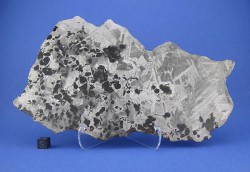
What makes Aerolite such a great place to buy meteorites?
“I think the caring for the subject matter really shows on the website. We have the best photography in the entire meteorite industry. I think we have the largest selection… we certainly spend a great deal of time discussing the history and importance of pieces… every single meteorite on our website has a detailed description and in most cases multiple photographs. My view is if you’re going to do something, you should really do it to the best of your ability. We don’t cut any corners, we don’t sell anything unless we’re one hundred percent sure of what it is and where it came from.
“I want buyers and visitors to look at the website and share my sense of wonder about meteorites. I think meteorites are the most wonderful things in existence, they’re actual visitors from outer space — they’re inanimate aliens that have landed on our planet.”
“We do this because we want to share our passion. We stand by every piece that we sell.”
How can people be sure they are getting actual meteorites (and not just funny-looking rocks?)
“This is something that’s more important to pay attention to now than ever. Are there fakes, are there shady people? Yes and yes. If you go on eBay at any given time you will find numerous pieces that are being offered for sale that are either not meteorites at all or are one thing being passed off as another thing. Sometimes this is malicious, sometimes people just don’t know any better. So the best way to buy a meteorite and know that it’s real is to buy from a respected dealer who has a solid history in the field.
“I’m by no means the only person who does this. There are a number of very well-established dealers around the world, and a good place to start is the International Meteorite Collectors Association (of which Geoff is a member) which is an international group with hundreds of members — collectors and dealers… it’s sort of a watchdog group that tries to maintain high standards of integrity in the field.
“My company has a very strict policy of never offering anything that’s questionable.”
“I see fakes all the time,” Geoff added. “On eBay, on websites, in newspaper ads… you do have to be careful. My company has a very strict policy of never offering anything that’s questionable. And we do get offered questionable things. There are some countries that have strict policies about exporting meteorites — Australia and Canada being two of them — and we work very closely with academia in both countries, and we have legally exported meteorites from those countries. Not only do we abide by international regulations, we actively support them.”
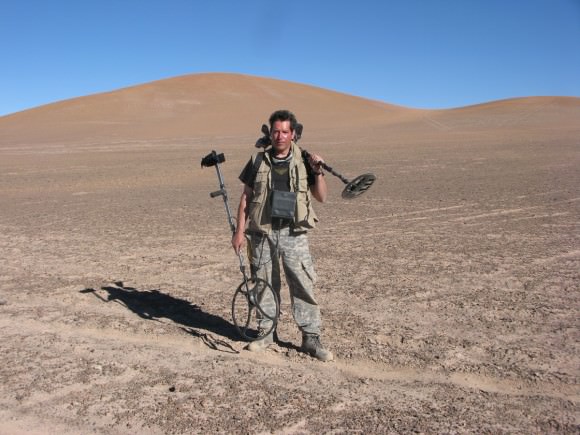
So you not only offer meteorites for sale to the general public, but you also donate to schools and museums.
“We work very closely with most of the world’s major meteorite institutions. I have provided specimens to the American Museum of Natural History in New York, the British Museum of Natural History in London, the Vienna Museum of Natural History, the Center for Meteorite Studies… we work with almost everyone. When we find something that is new or different or exciting, we always donate a piece or pieces to our colleagues in academia. It’s just the right thing, it’s the right thing to do if you discover something important to make it available to science.
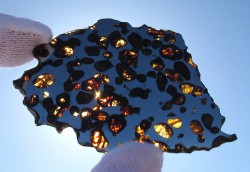
“Most universities and museums don’t have acquisitions budgets and can’t afford to buy things that they might like to have. In return they classify the meteorites that we found, and they go into the permanent literature and become more valuable as a result. A meteorite with a history and a name and classification is worth more than a random meteorite that somebody just found in a desert. So everybody benefits, it’s a really good match.”
In other words, you really are making a contribution to science as opposed to just “looting.”
“Exactly. And I have, a very few times, gotten emails from disgruntled viewers who didn’t understand what we were doing, saying ‘what makes you think it’s okay to come to Australia and take our meteorites,’ for example. So I wrote a very courteous email back saying that we were in Australia with the express permission and cooperation of the Australian park services and one of the senior park rangers was there with us. And not only did we follow the proper procedure in having those specimens exported from Australia, I donated rare meteorites to collections just as a ‘thank you’ for working with us. It wasn’t a trade, it was a thank you. So everywhere we go, whatever we do, we try and leave a good impression.”
Geoff added, “I do this out of love… this isn’t the best way to make a living! Being a meteorite hunter is probably not the best capital return on your time but it’s a very exciting and rewarding life in every other way.”
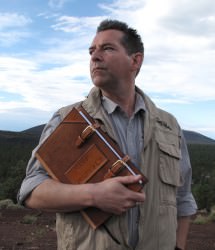
And thus, by buying meteorites from Aerolite, customers aren’t just helping pay for your expeditions and your work but also supporting research and education too.
“People who purchase from us are really participating in the growth of this science. Also, something very near and dear to my heart is science education for kids. You know that I am the host of an educational series called STEM Journals, which is a very — I think — amusing, entertaining, funny, fast-paced look at science, technology, engineering, and math topics. But you can’t make a living doing television shows like that. This is a labor of love… we do it because we think it’s important. If I didn’t have a commercial meteorite company to help underwrite the costs of educational programming and educational books, we just couldn’t do it. It’s as simple as that.
“So we always try to give back. That’s why I speak at schools and universities and give away meteorites to deserving kids at gem shows… because it was done to me when I was seven years old. The look of wonder you see on a kid’s face when you connect with them and they start to grasp the wonder of science… that’s something they’ll never forget.”
That’s great. And it sounds like you haven’t forgotten it yet either!
“I must say after all these years, I’ve been doing this close to full time for nearly twenty years and you never lose the amazement and the wonder of when a meteorite’s found or uncovered. I never go ‘oh, jeez, it’s just another billion-year-old space rock that fell to Earth!’ So it is a privilege to be in a work field where almost daily something wondrous happens.”
As we here at Universe Today know, when it concerns space that’s a common occurrence!
“Exactly!”
One last thing Geoff… do you think we’ll ever run out of meteorites?
“The meteorite collecting field has grown tremendously in the past ten years, and Meteorite Men is part of that. There is a finite supply of meteorites. Of course there are more landing all the time, but not enough to replenish the demand. Periodically there is a new very large discovery made, such as the Gebil Kamil iron in Egypt a couple of years ago. But what is happening is a significant increase in price and a decrease in selection, so some of the real staples we used to see… you can’t get them anymore.
“Still, people who want a meteorite collection, now is a great time for them to be buying because there are more meteorites available than in the past — but it’s not going to stay that way for very long. It’s like any other collectible that has a finite supply.”
Makes sense… I’ll take that as ‘inside advice’ to place an order soon!
______________
My thanks to Geoff for the chance to talk with him a little bit about his fascinating past, his passion, and his company. And as an added bonus to Universe Today readers, Geoff is extending a special 15% off on orders from Aerolite Meteorites — simply mention the code UNIVERSETODAY when you place an order!* (Trust me — once you browse through the site you’ll find something you want.) Also, if you’re in the Tucson area, Geoff Notkin and Aerolite Meteorites will have a table at the Tucson Gem and Mineral Show starting Jan. 31.
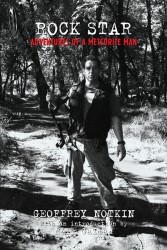
Be sure to check out Geoff’s television show STEM Journals on COX7 — the full first two seasons can be found online here and here, and shooting for the third season will be underway soon.
Want to know how to find “inanimate aliens” for yourself? You can find Geoff’s books on meteorite hunting here, as well as some of the right equipment for the job.
And don’t forget to follow Aerolite Meteorites and Geoff Notkin on Twitter!
*Sorry, the code isn’t valid for items already on sale or for select consignment items.

